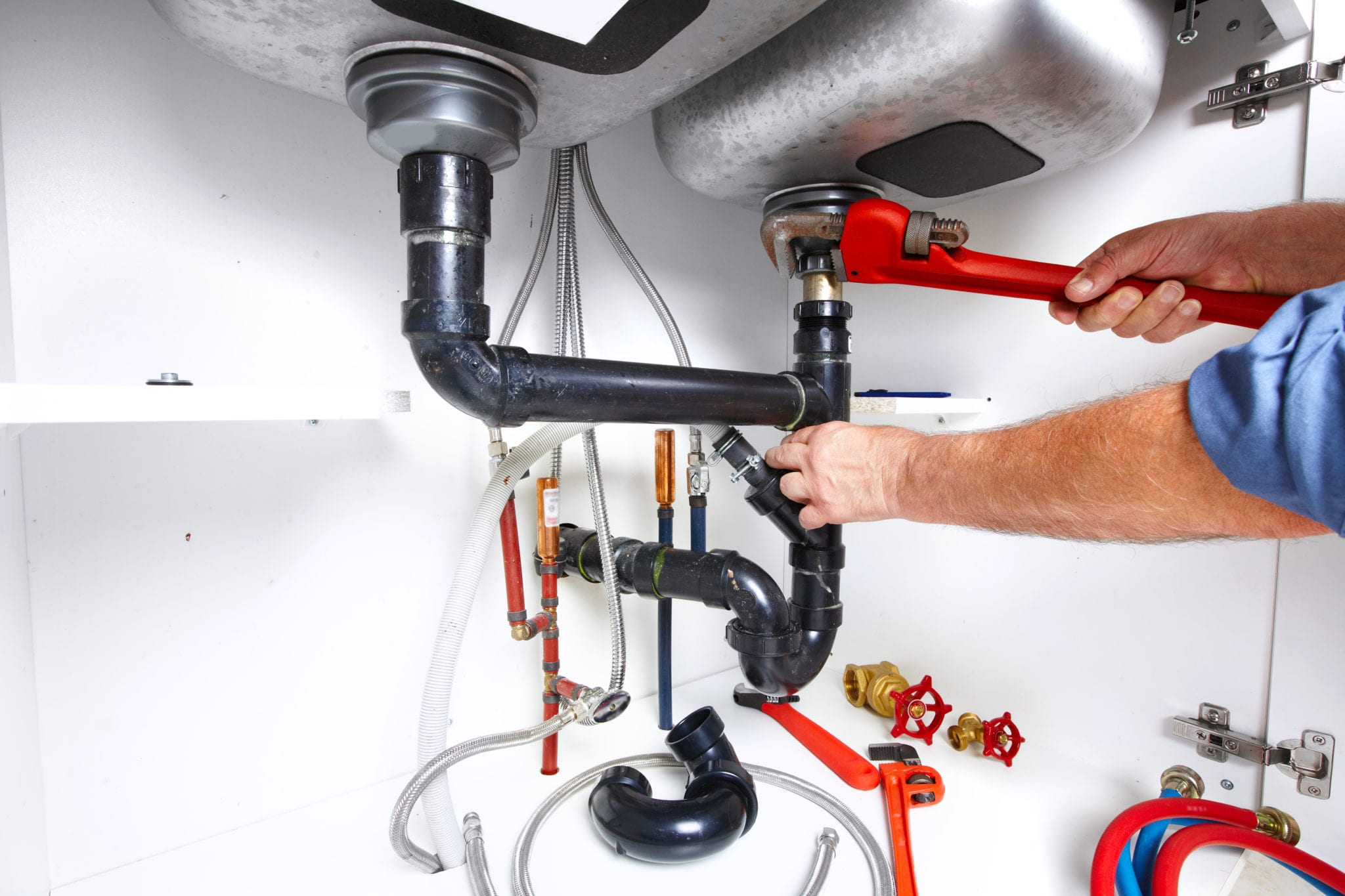We have discovered this article on Detecting hidden plumbing leaks listed below on the net and believe it made perfect sense to write about it with you here.

Early detection of leaking water lines can alleviate a potential calamity. Some small water leakages may not be noticeable.
1. Analyze the Water Meter
Every house has a water meter. Inspecting it is a surefire way that helps you find leakages. For starters, switch off all the water sources. Make sure no person will purge, make use of the faucet, shower, run the washing maker or dishwasher. From there, go to the meter as well as watch if it will certainly change. Considering that no person is using it, there ought to be no motions. If it relocates, that shows a fast-moving leakage. If you find no changes, wait a hr or two as well as check back once again. This indicates you might have a slow-moving leak that might even be below ground.
2. Examine Water Consumption
If you identify unexpected modifications, in spite of your consumption being the very same, it indicates that you have leaks in your plumbing system. A sudden spike in your bill shows a fast-moving leakage.
A stable increase every month, even with the same habits, shows you have a slow-moving leakage that's additionally gradually intensifying. Call a plumber to completely check your building, specifically if you really feel a warm area on your flooring with piping beneath.
3. Do a Food Coloring Test
30% comes from commodes when it comes to water usage. Examination to see if they are running correctly. Decline specks of food color in the storage tank and wait 10 mins. There's a leak in between the tank and also bowl if the shade somehow infiltrates your bowl throughout that time without flushing.
4. Asses Exterior Lines
Do not fail to remember to check your outdoor water lines too. Should water permeate out of the link, you have a loosened rubber gasket. One small leak can waste loads of water and increase your water costs.
5. Check as well as Analyze the Circumstance
Homeowners should make it a routine to examine under the sink counters and even inside cupboards for any kind of bad odor or mold and mildew growth. These two warnings indicate a leak so prompt interest is needed. Doing regular inspections, even bi-annually, can save you from a major problem.
If you understand your residence is currently old, maintain a careful eye on your heating units, pipes, pipes etc. Check for discolorations and damaging as the majority of devices as well as pipes have a life expectancy. They will certainly likewise naturally deteriorate as a result of tear and put on. Do not wait for it to escalate if you suspect dripping water lines in your plumbing system. Call an expert plumber right away so you do not end up with a dreadful mess in your home.
Early detection of dripping water lines can reduce a possible disaster. Some tiny water leaks might not be noticeable. Examining it is a guaranteed means that aids you find leaks. One tiny leakage can throw away loads of water as well as surge your water expense.
If you presume leaking water lines in your plumbing system, don't wait for it to intensify.
WARNING SIGNS OF WATER LEAKAGE BEHIND THE WALL
PERSISTENT MUSTY ODORS
As water slowly drips from a leaky pipe inside the wall, flooring and sheetrock stay damp and develop an odor similar to wet cardboard. It generates a musty smell that can help you find hidden leaks.
MOLD IN UNUSUAL AREAS
Mold usually grows in wet areas like kitchens, baths and laundry rooms. If you spot the stuff on walls or baseboards in other rooms of the house, it’s a good indicator of undetected water leaks.
STAINS THAT GROW
When mold thrives around a leaky pipe, it sometimes takes hold on the inside surface of the affected wall. A growing stain on otherwise clean sheetrock is often your sign of a hidden plumbing problem.
PEELING OR BUBBLING WALLPAPER / PAINT
This clue is easy to miss in rooms that don’t get much use. When you see wallpaper separating along seams or paint bubbling or flaking off the wall, blame sheetrock that stays wet because of an undetected leak.
BUCKLED CEILINGS AND STAINED FLOORS
If ceilings or floors in bathrooms, kitchens or laundry areas develop structural problems, don’t rule out constant damp inside the walls. Wet sheetrock can affect adjacent framing, flooring and ceilings.
https://www.servicemasterbyzaba.com/blog/how-to-detect-water-leakage-in-walls/

Hopefully you liked our article about Locating water leaks. Thanks for taking time to browse our blog post. Sharing is caring. Helping others is fun. Thanks so much for going through it.
Comments on “6 Ways to Discover Surprise Water Leakages in Your Residence”